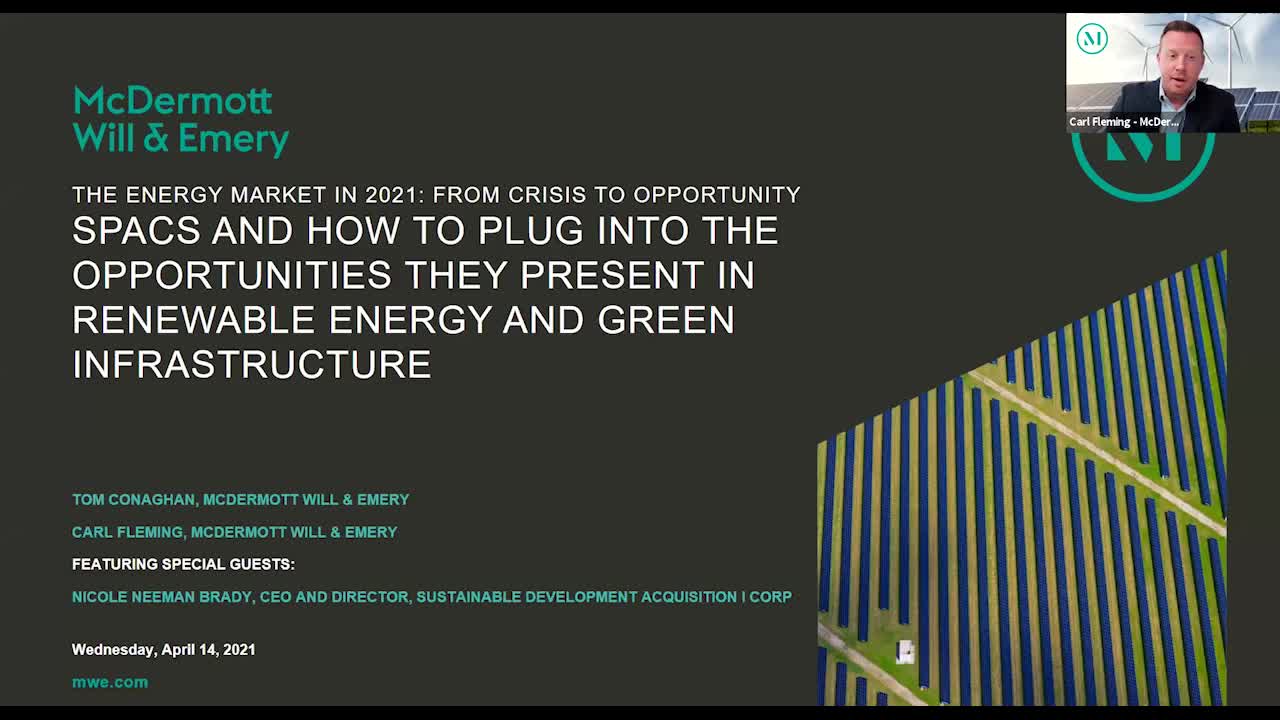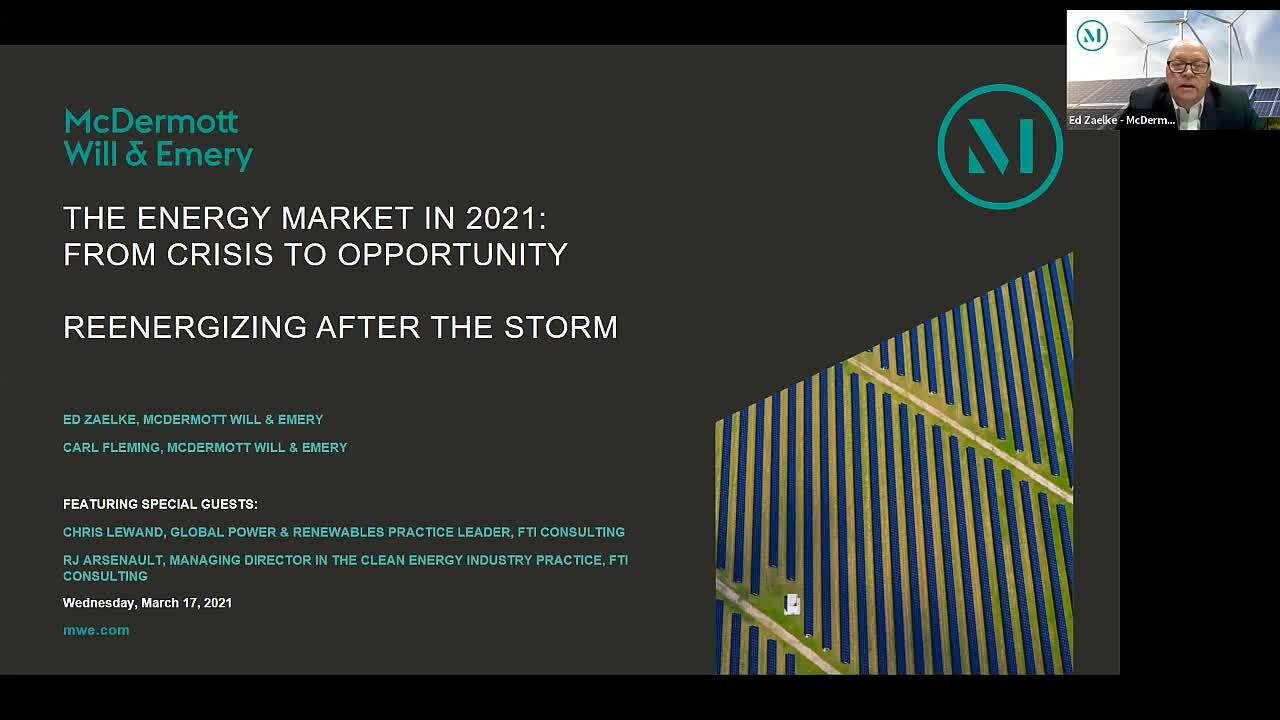US Senate Finance Committee Chairman Ron Wyden (D-OR) introduced the Clean Energy for America Act (the Act), along with two dozen Democratic co-sponsors, on April 21, 2021. The Act will likely be a starting point for the Biden administration tax proposals intended to limit carbon emissions. The Act would change the current system for incentives for the renewable energy industry to a technology-neutral approach for generation that is carbon free or has net negative carbon emissions. The Act would also provide tax incentives for qualifying improvements in transmission assets and stand-alone energy storage with the aim of improving reliability of the transmission grid. Instead of requiring that taxpayers who qualify for the clean energy incentives have current or prior tax liabilities, the Act would create a new direct pay option allowing for refunds of the tax credits.
The Act would replace the current renewable energy incentives with a new clean electricity production and investment credit, which would allow taxpayers to choose between a 30% investment tax credit (ITC) or a production tax credit (PTC) equal to 2.5 cents per kilowatt hour. The credit would apply to new construction of and certain improvements to existing facilities with zero or net negative carbon emissions placed in service after December 31, 2022. The Act would phase out the current system of credits for specific technologies. To provide time for transition relief and for coordination between the US Department of the Treasury (Treasury) and Environmental Protection Agency (EPA), the Act extends current expiring clean energy provisions through December 31, 2022.
The Secretary of Treasury, in consultation with the Administrator of the EPA shall establish greenhouse gas emissions rates for types or categories of facilities which qualify for the credits. To incentivize additional emissions reductions from existing fossil fuel power plants and industrial sources, the Section 45Q tax credit would be extended until the power and industrial sectors meet emissions goals. The Act would modify the qualifying capture thresholds to require that a minimum percentage of emissions are captured. Once certain emissions targets are met—namely, a reduction in emissions for the electric power sector to 75% below 2021 levels—the incentives will phase out over five years.
Qualifying transmission grid improvements are also eligible for the 30% ITC including standalone energy storage property. Storage technologies are not required to be co-located with power plants and include any technologies that can receive, store and provide electricity or energy for conversion to electricity. Transmission property includes transmission lines of 275 kilovolts (kv) or higher, plus any necessary ancillary equipment. Regulated utilities have the option to opt-out of tax normalization requirements for purposes of the grid improvement credit. However, the Act does not include a similar option to opt-out of the tax normalization provisions for other types of qualifying facilities, such as solar or wind projects.
Under the Act, investments qualifying for the clean emission investment credit, grid credit or energy storage property in qualifying low-income areas qualify for higher credit rates. The Act also includes new provisions requiring [...]
Continue Reading
read more

 Subscribe
Subscribe



